India is moving to acquire the Very Short Range Air Defence System or VSHORADS (NG).
The Centre has proposed acquiring this air defence system amid tensions with Pakistan over the Pahalgam attack.
The Defence Ministry over the weekend issued a Request for Proposal (RFP) for equipping the Indian Army with 48 launchers equipped with night vision sights, 85 missiles and one missile test station.
But what are these VSHORADS, also commonly known as Man-Portable Air Defence Systems (Manpads)?
Let’s take a closer look
What do we know?
The VSHORADS is a manned air defence system.
It works on infra-red homing (IR) technology.
It is an extremely effective fire-and-forget type of weapons system.
As per The Week, the VSHORADS comprise three parts —the projectile, the launch tube and the grip and a battery unit.
A lone soldier carries the launcher and two missiles on his back.
Each missile measures around 1.85 metres.
Their minimum range is around half a kilometre.
As per Economic Times, it can hit enemy aircrafts, drones, fighter jets and helicopters up to six kilometers away.
Experts say there is arguably no weapon system better suited for short range attacks.
Two missiles fired at a time have a kill rate of at least 85 per cent against fighter aircrafts, as per The Week.
As per the outlet, the Taliban used these systems to great effect against the US forces during the invasion of Afghanistan.
“To be based on infra-red homing technology which allows them to track the heat signatures of aircraft engines, once fired, these single-shot missiles have a 95 per cent kill probability. Known not to fail, they are most effective against low-flying aircraft, including helicopters, fixed-wing aircraft and UAVs,” a serving official told The Week.
“Manpads also have the advantage of being extremely mobile as they can be fired from anywhere, be it from a hilltop, from vehicles, just about anywhere,” the official added.
As per IDRW, these systems have also proved crucial against drones and helicopters in Ukraine.
As per The Week, though 105 militaries across the world use this weapon, just a dozen countries including India manufacture it.
The most famous such weapon systems are the US’ ‘Stinger’ missile system and Russia’s 9K32 Strela-2.
China has also come up with its own ‘FN-16.’
As per IDRW, Russia has the IGLA-S, Sweden has the RBS70NG and France has the MBDA Mistral system.
The Defence Research and Development Organisation (DRDO) is also working on a VSHORADS.
In February, the DRDO successfully conducted three successive flight-trials of a VSHORADS from Chandipur, off the coast of Odisha.
These tests were carried out against high-speed targets flying at a very low altitude, the defence ministry had then said in a statement.
However, as per The Times of India, the system is still in the process of development.
India previously ordered the IGLA-S system from Russia, which is assembled here by Adani Defence.
Defence sources have said that the new supplies of the IGLA-S air defence missiles have been received by the Indian Army a couple of weeks ago and are being provided to the forward formations for taking care of the threat from enemy fighter aircraft, choppers and drones on the borders.
Why is the Indian Army making the move?
The Indian army is making the move amid the rising tensions with Pakistan in the backdrop of the Pahalgam terror attack.
An Indian Army officer told The Times of India, “The fire-and-forget VSHORADS-NG, based on infra-red homing technology, are needed by Army to meet the evolving dynamic air threat. There are major shortages in such man-portable systems for terminal and point defence against all types of aerial threats.”
The RFP document, under the “operational characteristics and feature” head, states, “To meet the evolving dynamic air threat, Army Air Defence requires Very Short Range Air Defence (VSHORADS) manportable missile system for effective terminal and point defence.”
“The system should comprise of a IR homing missile coupled to a manportable launching mechanism and suitable sighting system to engage targets both by day and night,” it says.
It should have the capability to engage fighter, transport aircraft, helicopters and UAS (unmanned aerial system), the document says.
The procurement seeks to booster the Army’s air-defence capabilities to deal with any adversarial aerial threat.
Under the “Proposed Service Employment” head of the RFP document, it has been said that the VSHORADS (NG) will be used by “all three services as terminal and point defence system against all types of aircraft, helicopters and UAS”.
The air defence system is proposed to be employed on land and ship-based platforms with these two configurations – “manportable single launcher configuration” and “para dropped operations”.
The system is proposed to be employed across all terrains, including high-altitude areas, plains, deserts, coastal areas and the maritime domain.
The VSHORADS (NG) system should be able to “operate during day and night for engagement of aerial targets under all weather conditions, including snow-bound locations”.
The range of the operating temperature is minus 30 degrees Celsius (minimum) to 50 degrees Celsius (maximum), according to the RFP.
“The missile should be effective against all types of aircraft, helicopters and UAS” and according to the requirements defined in the RFP, the maximum effective range is 6,000 metres or more, while the minimum range is not more than 500 metres.
The system should have the ability to engage targets approaching at a speed of 400 metres per second or more, according to the requirements defined in the document.
On the “deployment time”, the requirement says the “system to be deployable from transportation to firing mode within three minutes”.
On the transportability requirement, the RFP document says “the system with single launcher should be manportable” and the equipment should have the capability to be transported in “service vehicle, ships, trains and aircraft and being para dropped”.
With inputs from agencies


)
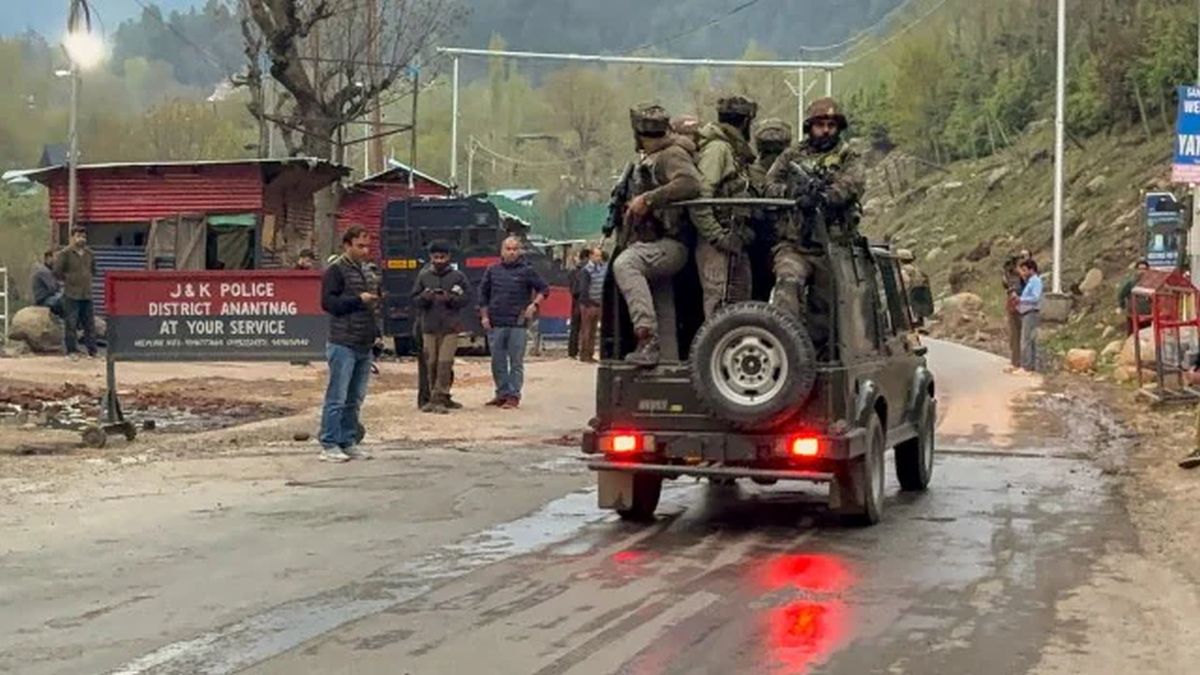)
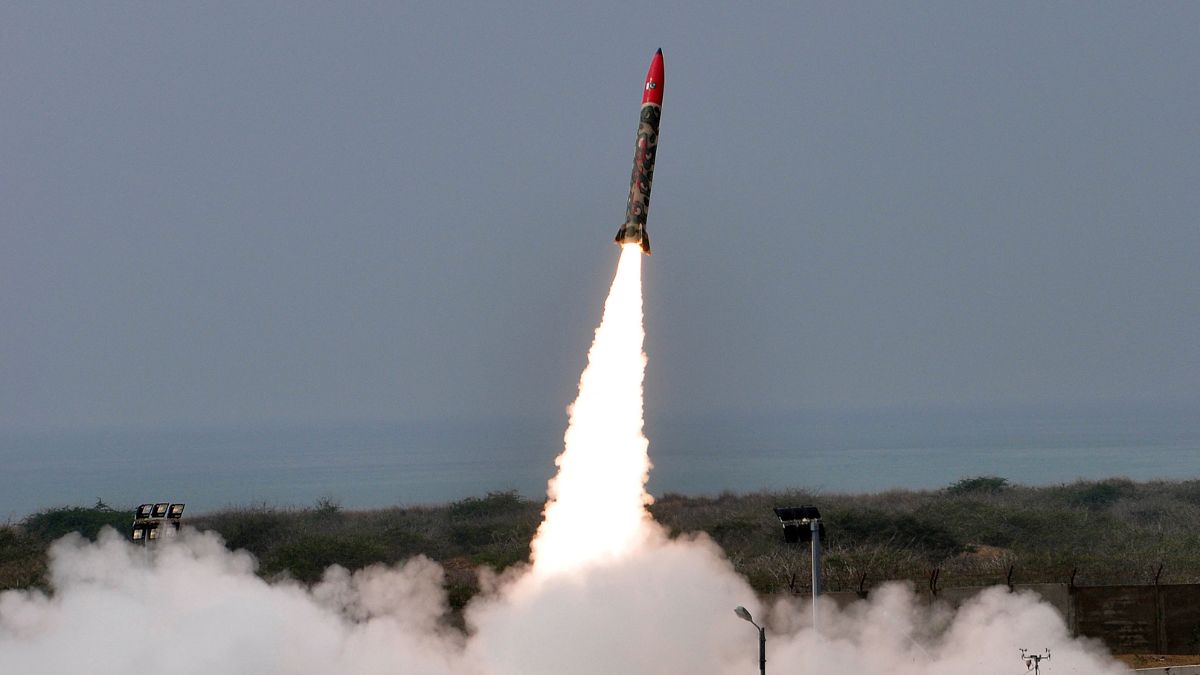)
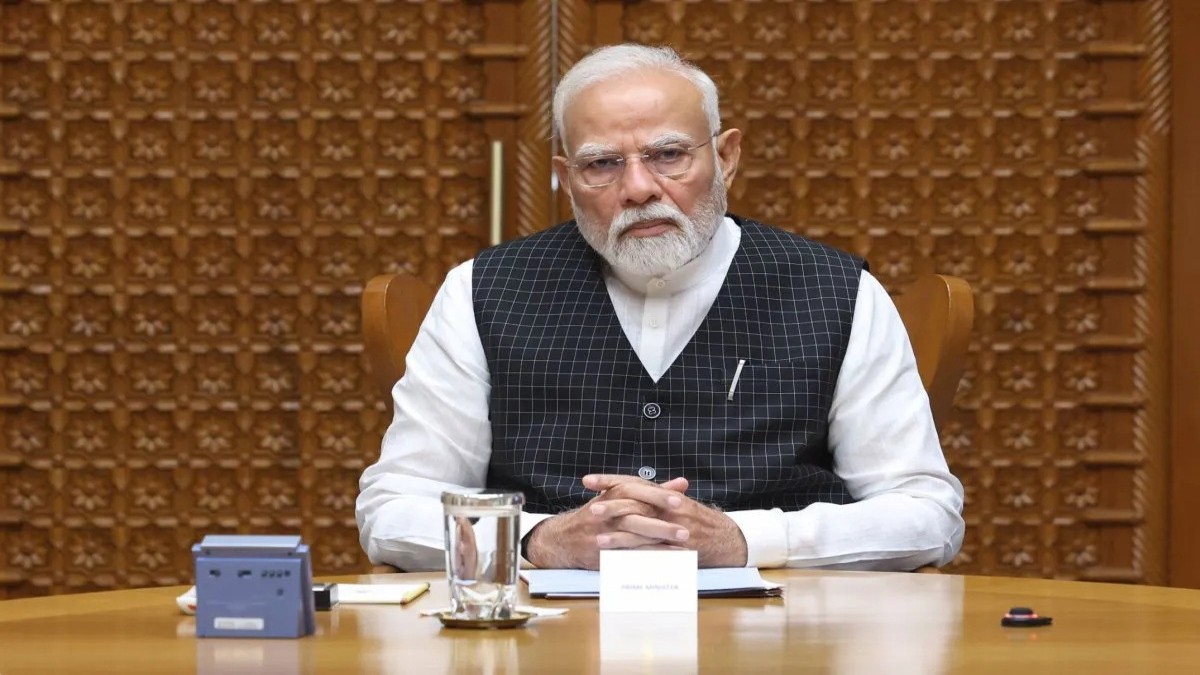)
)
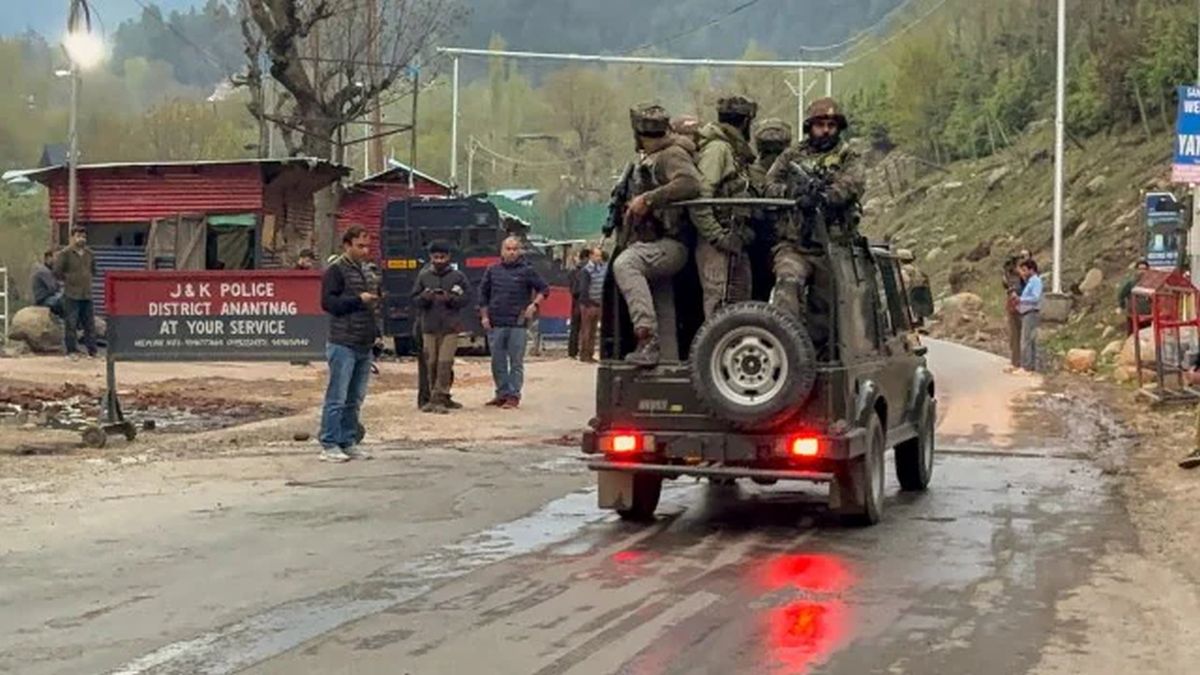)
)
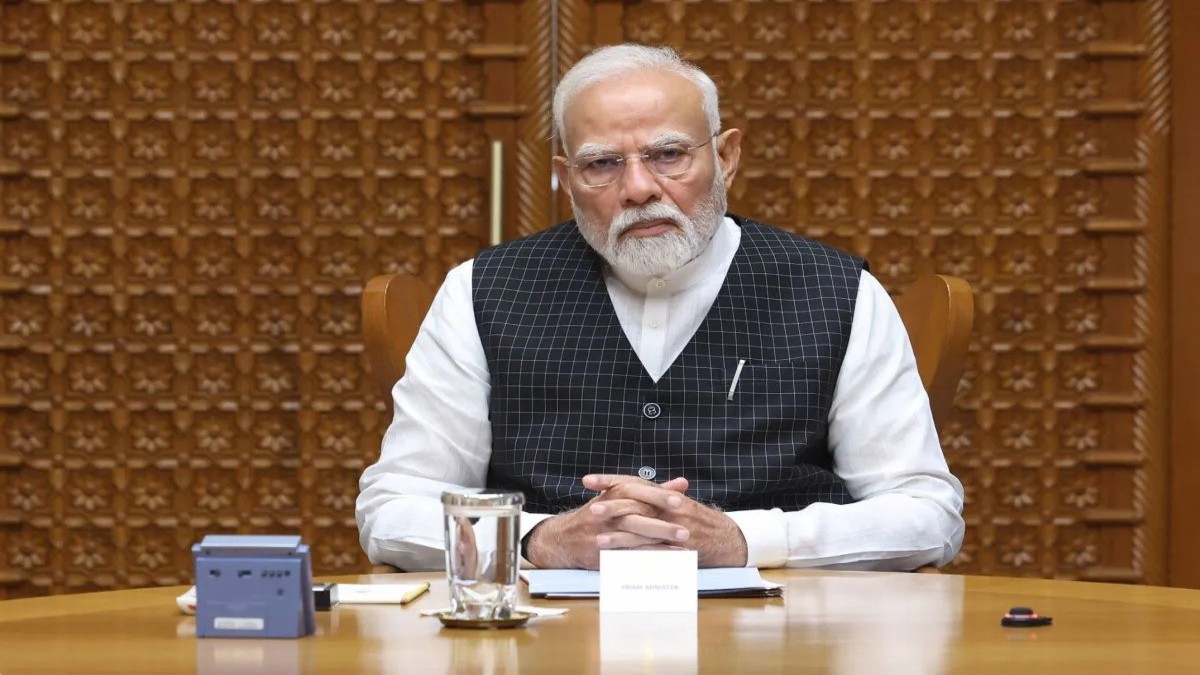)
)